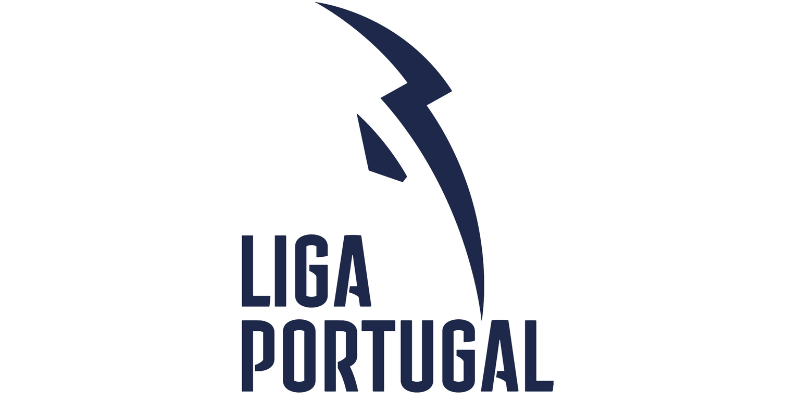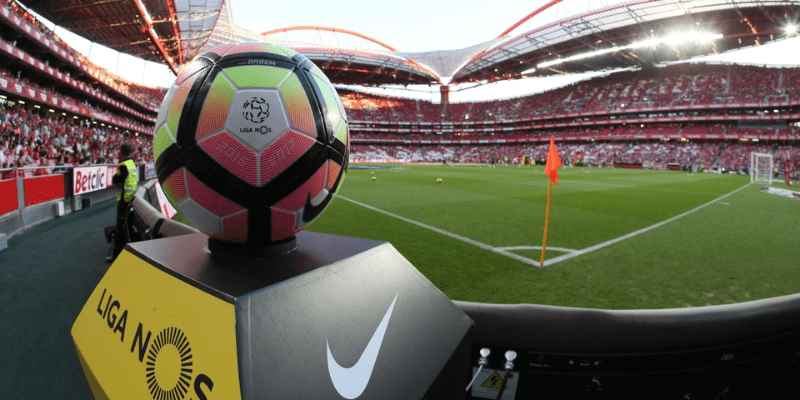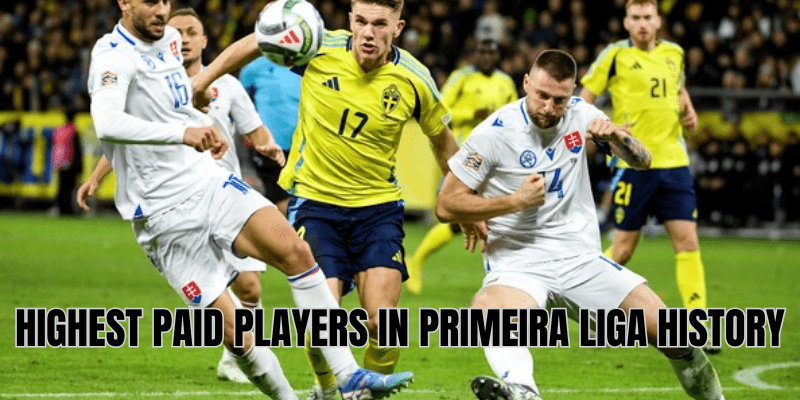When we think of the highest paid players in Primeira Liga history, our minds might drift first to Cristiano Ronaldo returning to Sporting, or to marquee imports arriving at Benfica or Porto. But the reality is more nuanced. Over the years, Portugal’s top flight has offered eye-catching salaries relative to its market size, particularly for top stars or homegrown exports. In this article, CantoKick will walk you through the richest contracts ever seen in the Primeira Liga, comparing the biggest earners of past and present, exploring what drives those huge deals—and offering a list you can reference again and again.
Why do salaries in Primeira Liga matter?

Portugal isn’t among the universal “big five” leagues when it comes to money. But it has long punched above its weight in producing world-class talent, selling stars cheaply to wealthier leagues, and using wages as a competitive tool to keep or lure top performers. Champions like Benfica, Porto, and Sporting often outspend rivals when necessary to retain or attract a player. Over time, the highest paid players in Primeira Liga history reflect an interesting intersection of local talent, returning superstars, and bold foreign signings.
Wage inflation across European leagues has affected Portugal too. A decade ago, a top-year contract in Primeira might hover in the €2–3 million bracket; today, figures have escalated. To truly know who sits at the pinnacle, we need to look at both historic and recent contracts, adjust for inflation or context, and see which names still stand out.
Historic big earners: Legends, returns, and standout deals

Let’s dive into names that either broke the wage ceiling or redefined expectations when they debuted or returned to Portuguese clubs.
Cristiano Ronaldo’s return to Sporting
If ever a signing was destined to challenge wage records, Ronaldo’s return to Sporting Lisbon in 2024 qualified. Although official numbers for that contract haven’t been fully disclosed, media estimates suggest it ranks among the top-ever in Portugal. His global stature and endorsement pull almost guaranteed that Sporting structured a massive contract to accommodate such a return.
Renato Sanches at Benfica
For the 2024–25 season, data suggests that Renato Sanches was the top earner in the league, with a reported annual base salary of €6,920,000—an eye-catching sum for Primeira Liga standards. That translates into a weekly rate north of €130,000 under gross terms. That puts Sanches in the conversation as perhaps the highest paid ever in the league.
**
Other big names who’ve pushed the ceiling
- Otávio (FC Porto) — In earlier seasons, he was cited as earning around €111,000 per week, making him one of Porto’s top paid.
- João Mário (Benfica) — He’s been quoted at €74,038 weekly, anchoring his standing among top earners.
- Julian Draxler (Benfica, on loan from PSG) — His deal was reportedly €55,300 per week, making him one of the highest paid foreigners in the league.
- Trincão — In 2025–26, Trincão leads the league’s salary rankings with an estimated gross of €3,900,000 annually, or roughly €75,000 per week.
These names reflect how clubs have used outsized contracts to gain on-field results and prestige.
Top wages today: Who’s earning the most now

Let’s shift to the current landscape. Who’s at the top of the pay scale in 2025–26?
The 2025–26 wage leaders, Francisco Trincão currently holds the top-paying contract in the Primeira Liga, earning €3,900,000 gross annually (~€75,000/week). This illustrates a more restrained, yet still competitive, wage ceiling in the modern Portuguese context.
Other players near the top include key names, or transfer-market potential. While precise full historical comparisons are difficult (due to confidentiality and contract structuring), trends suggest that earlier records (like Sanches’s reported deal) still hold weight above contemporary top-paid levels.
Why do these deals exist? Mechanisms behind the big contracts
Understanding why clubs are willing to break their salary norms helps explain how these “highest paid” titles come about.
1. Return of global icons
Signings like Ronaldo back to Sporting carry value beyond mere play—merchandise, branding, global visibility, sponsorship. A club may overpay to bring in a superstar whose financial impact extends off the pitch.
2. Retaining emerging talents
Portugal is celebrated for producing young stars who typically get snapped up by richer leagues. To resist losing a homegrown gem prematurely, clubs sometimes offer oversized deals to keep them longer.
3. Competitive arms race among top clubs
Benfica, Porto, and Sporting frequently compete not only for trophies but signings. If one side raises its wage ceiling, the others often follow to avoid losing out on priority targets.
4. Structuring deals with incentives and bonuses
Clubs may keep base salaries modest but layer heavy bonuses, image rights payments, and performance incentives, making the full package highly lucrative without appearing top-heavy at face value.
Estimating the “true” top earners: Caveats and perspective
Because many contract elements (bonuses, endorsements, image rights) remain private, pinpointing the absolute highest paid players in Primeira Liga history is tricky. But combining public salary databases, press disclosures, and salary leaks gives us a credible shortlist.
A few caveats:
- Gross vs net: Public figures usually report gross wages; take-home numbers after taxes differ by player’s status.
- Bonus-heavy structure: A player’s annual base may lag, but when performance, appearance, or Champions League bonuses are included, the real total can shift rankings.
- Era adjustment: A €4 million contract in 2025 is not the same as €4 million ten years ago in terms of purchasing power or relative league budgets.
Given those, the strongest candidates for highest paid in Primeira history are:
- Renato Sanches (2024–25) with his reported ~€6.92 million base
- Cristiano Ronaldo’s return contract
- Otávio’s peak Porto deal
- Major deals for João Mário, Trincão, and Draxler
None so far have broken into the extreme multiples seen in top European leagues—but within Portugal’s ecosystem, these deals set the ceiling.
List: Top 5 Wage Contracts that Could Qualify as All-Time Highs
Here’s a shortlist (in no strict order) of deals often cited among the highest paid in Primeira Liga history:
| Player | Club & Timing | Reported Figures (Public) | Notes |
| Renato Sanches | Benfica (2024-25) | ~€6,920,000 annual base | Widely cited as top in modern data sets |
| Cristiano Ronaldo | Sporting (2024 return) | Undisclosed, but believed very high | Global icon, marketing value included |
| Otávio | Porto | ~€111,000 per week | Among Porto’s highest paid historically |
| João Mário | Benfica | ~€74,038 per week | Steady top-tier wage among domestic stars |
| Trincão | Sporting (2025–26) | ~€3,900,000 annual base | Leading current-season wage |
This list is indicative, not definitive—but it reflects those deals often debated among fans and analysts.
What this means for the future
As Portuguese clubs continue developing talent and trying to retain marquee players, expect further stretching of wage ceilings—but not at the levels seen in the Premier League or La Liga. The highest paid players in Primeira Liga history will likely remain those who combine on-pitch performance, brand value, and strategic necessity.
Still, if another superstar returns or a major signing is made, the record books may be rewritten. The next time a global star considers Portugal, watch the contract announcements.
Final Thoughts
In this article, CantoKick has explored who might count as the highest paid players in Primeira Liga history, covering historic stars, current wage leaders, mechanisms behind large contracts, and a shortlist of standout deals. For fans, analysts, or curious minds wanting to track the evolving wage landscape in Portugal, this is a lens into how far Portuguese clubs will go to keep or attract talent.
If you enjoyed this deep dive, keep following CantoKick—next, we’ll track transfer record fees, salary comparisons across Europe, and weekly updated wage rankings so you always know who’s cashing in the most.



